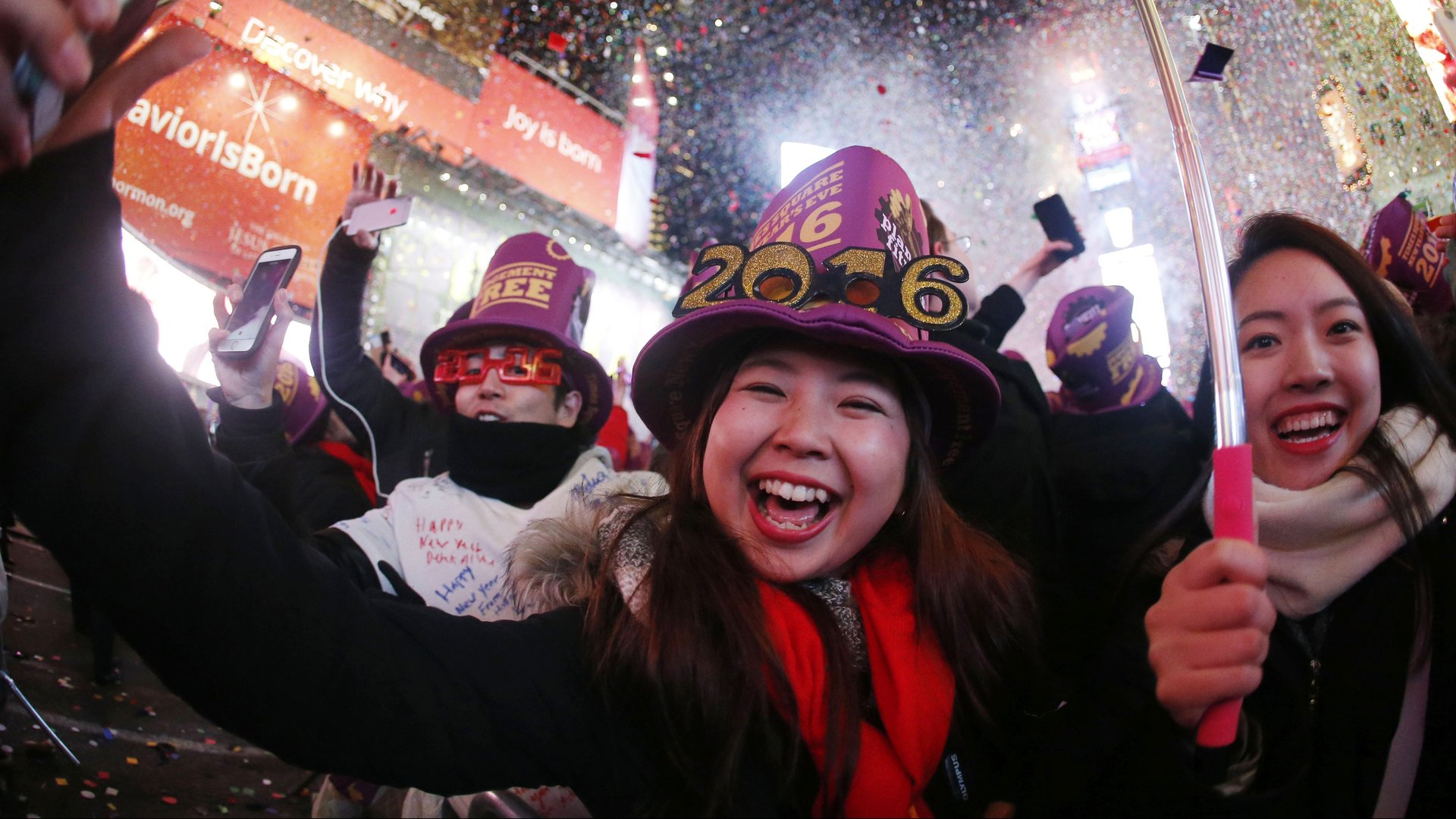This year, you won’t wake up to a shocking Uber fare on New Year’s Day
The reports began rolling in shortly after midnight on Jan. 1, 2016. Surge pricing, the multiple that Uber charges on a ride during high demand, was soaring as New Year’s festivities wound down. Fares were 4.9 times higher in Washington D.C., 6.9x in Philadelphia, and 9.9x in Miami Beach. In Edmonton, Canada, one man’s hourlong trip with surge of 8.9x wound up costing him more than $1,000.


The reports began rolling in shortly after midnight on Jan. 1, 2016. Surge pricing, the multiple that Uber charges on a ride during high demand, was soaring as New Year’s festivities wound down. Fares were 4.9 times higher in Washington D.C., 6.9x in Philadelphia, and 9.9x in Miami Beach. In Edmonton, Canada, one man’s hourlong trip with surge of 8.9x wound up costing him more than $1,000.
By now such stories have become a tradition of their own. New Year’s Eve is one of the busiest days of the year for Uber, and the company has never shied from lifting prices to keep its supply of drivers on pace with rider demand. Even though users have always had to agree to the surge pricing before accepting their trip, those who didn’t fully understand how a high multiplier converted into an even higher final bill—or who didn’t understand it after five glasses of champagne—ended up predictably outraged the next morning.
Things will be different this year. Uber in June introduced upfront pricing, which means customers are now told how much a ride will cost (down to the cent) before they officially request it. Most users no longer see a surge multiplier at all—just a flat price for their trip, with any demand-based increase already baked in. Surge pricing isn’t gone per se—trip prices still vary based on how busy Uber is at that moment—but the calculations have been stripped away.
Uber has brought upfront pricing to most US cities and is working on rolling it out internationally, with recent additions including Hong Kong, Dubai, and Edmonton.
In a way, it was sad to see surge multipliers go. Plenty of prices increase with demand (think airfares, theater tickets, and hotel rooms) but usually they do so quietly. Uber was unique in telling you exactly how much extra you were going to pay, with bright blue numbers that screamed, “THIS TRIP COSTS MANY TIMES WHAT IT USUALLY DOES, ARE YOU SURE YOU STILL WANT TO BUY IT?”
Upfront pricing is more subtle. It doesn’t flag the magnitude of each increase, but proffers a simpler question: Would I pay this amount of money for this ride right now? To quote Uber’s tagline for upfront pricing, “No math, no surprises.” For revelers looking to avoid sticker shock alongside their hangover this New Year’s, no math is probably a good thing.